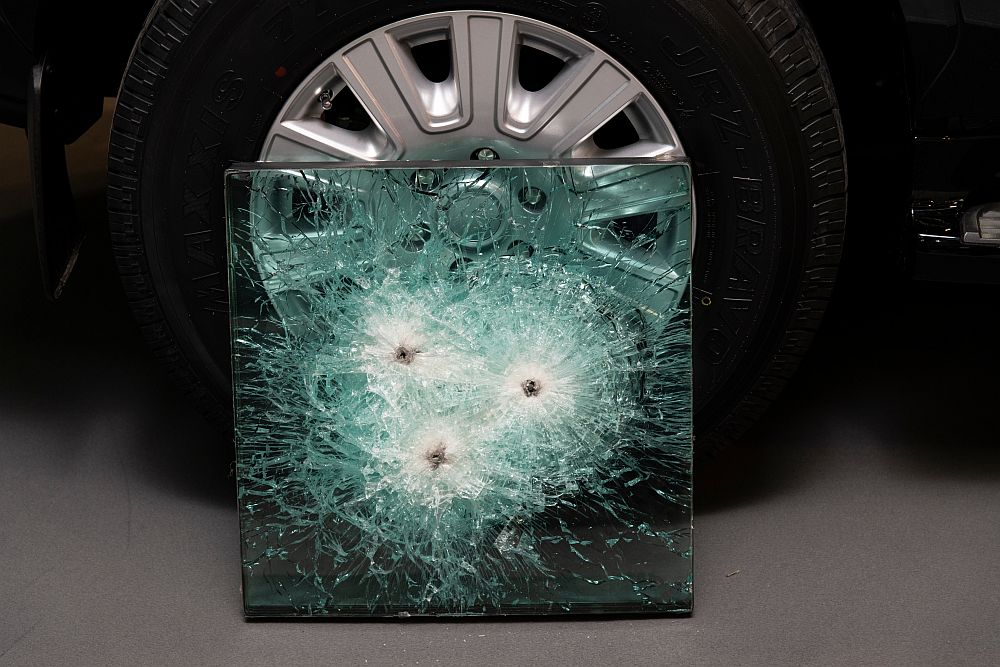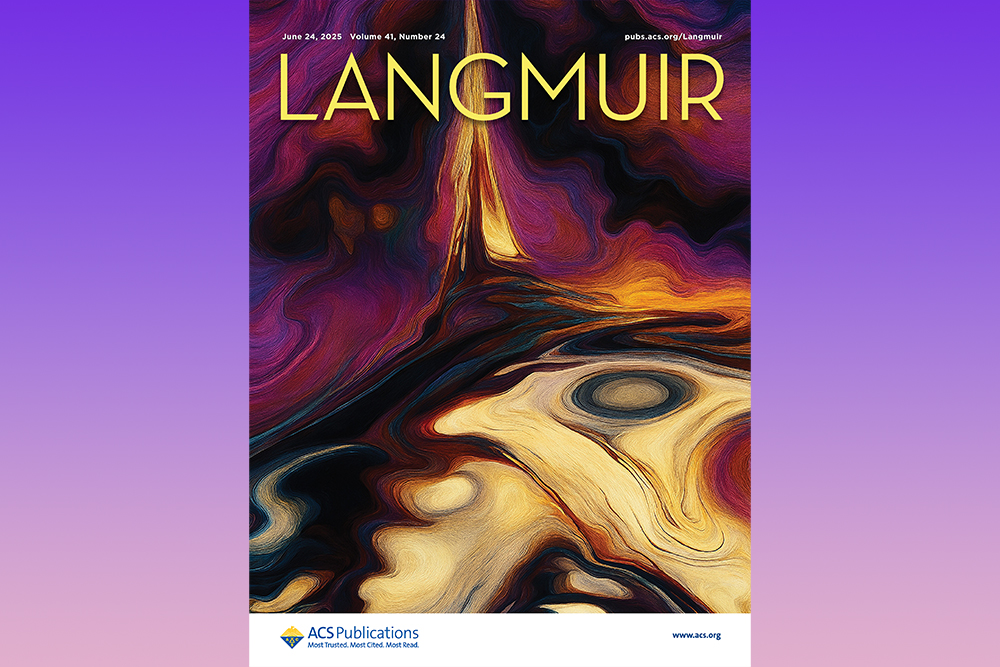
[Image above] Left: Sample photograph of a transparent glass composite with high crystallinity. Right: Energy spectrum of the thermal neutron obtained by using the composite material. Credit: Lv et al., Nature Communications (CC BY-NC-ND 4.0)
Last month, I had the pleasure of attending the 21st University Conference on Glass, hosted at Alfred University in New York. In addition to learning about some of the latest developments in glass science, I had the chance to discuss with friends a question that is frequently debated within materials circles—the relationship between ceramics and glass.
If ceramics and glass are compared based on their atomic structure, then they could be considered different types of materials, with the former being crystalline and the latter being noncrystalline. However, from a composition standpoint, the same substance can sometimes form in either a crystalline or noncrystalline phase, thus leading to the proposition that glass be considered a subset of ceramics.
Whatever your position on this matter, it is clear that the duality between crystalline and noncrystalline phases within materials has fascinated researchers for decades. Notable scientists such as Il’ich Kitaigorodskii, profiled in the August 2024 Bulletin, have explored it from the standpoint of secondary crystalline phases embedded within a glassy matrix as well as direct crystallization of a precursor glass.
But despite decades of study, many questions remain about the mechanisms that cause some materials to crystallize or maintain a glassy state. As such, “accurate microstructural design is usually possible only within narrow processing windows, further limited by secondary crystallization effects, phase boundary reactions, and crystal growth,” researchers write in a recent open-access paper.
The researchers come from several universities and institutes in China, Japan, and Germany. They are led by Shifeng Zhou, professor at South China University of Technology.
Zhou has led previous research reported in CTT on the controlled development of transparent composite materials. In the new study, he and his colleagues describe a novel method for fabricating transparent glass composites with high crystallinity (HC-TGC).
Currently, the selection of glass chemical formulations that can be directly crystallized to a volume fraction beyond 80% is quite small. In addition, it is challenging to combine thermally incompatible materials with strongly deviating stability ranges or materials with high mutual solubility within a single composite.
As a result, most current transparent glass composites derive from oxide phases; “combining non-oxide crystals with an oxide glass matrix at a high crystal volume fraction has been outside of current technology,” the researchers write.
To overcome these challenges, the researchers carefully considered the solidification process of some well-known melts. They hypothesized that by mixing melts that exhibit very different crystallization habits at similar temperatures, it may be possible to achieve synchronous solidification of both a glassy and crystalline phase. If successful, there would be no need for extensive thermal processing, which often leads to competing phase transitions and crystal growth, among other secondary reactions.
To validate this hypothesis, the researchers designed an oxychloride system composed of crystalline strontium chloride and a borate glass phase. First, they performed molecular dynamic simulations to understand the composite’s likely structure evolution from melt to solid. They then fabricated the HC-TGC materials by melt-quenching mixtures of halide crystal powders and halide oxide glass powders.
Characterization of the HC-TGC material revealed it had a homogenous microstructure consisting of dense particles surrounded by a thin, glassy boundary layer. Further analysis of its optical and scintillation properties revealed its potential as a neutron detection system.
Neutrons are neutrally charged subatomic particles that many scientific and technological fields find useful to monitor, such as for radiation protection in nuclear energy and medicine. However, because the particles do not have an electric charge, they must be detected using indirect methods based on nuclear reactions.
Single crystals and glasses are often used in these detection systems because certain compositions have a high likelihood of interacting with incident neutrons. However, single crystal detector materials are currently available only in limited sizes, while current detector glasses have low light yield.
The new HC-TGC material overcomes both these limitations, offering large-scale sizes and record-high scintillating yield. In fact, the composite even captured large amounts of single neutron events during testing.
The success of these tests led the researchers to fabricate oxybromide and oxyiodide composite systems as well using the mixed melt synthesis method. Based on this further confirmation of the method’s generality, the researchers conclude that “these findings may help to bring about a generation of fully inorganic, transparent composites with synergistic combinations of conventionally incompatible materials.”
The open-access paper, published in Nature Communications, is “Transparent composites for efficient neutron detection” (DOI: 10.1038/s41467-024-51119-w).
Author
Lisa McDonald
CTT Categories
- Glass
- Manufacturing
- Material Innovations


